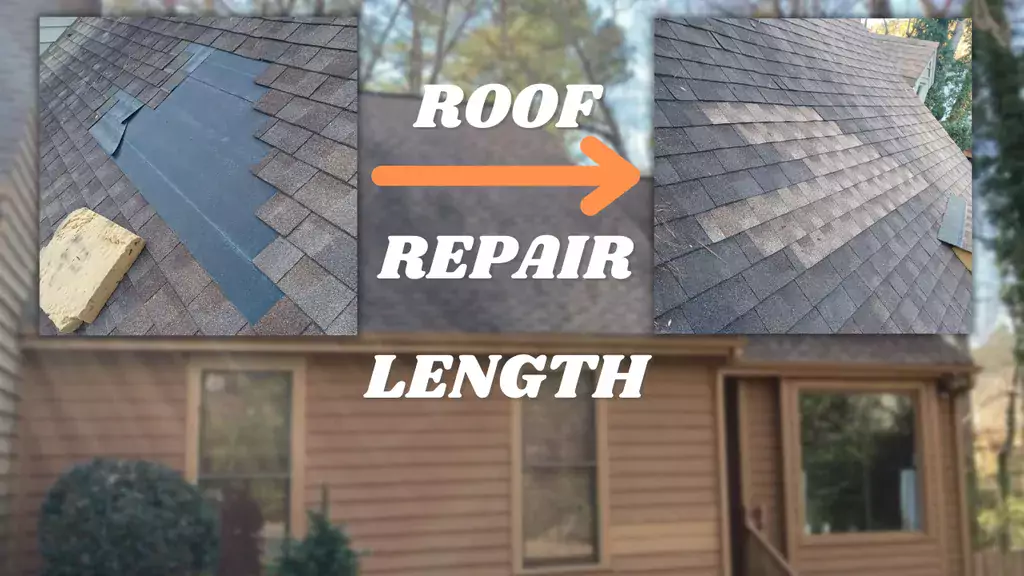Exploring the Numerous Sorts Of Roofings: Which One Is Ideal for Your Home?
When taking into consideration the myriad sorts of roofs available, it is crucial to review just how each choice lines up with your home's one-of-a-kind needs, consisting of environment conditions, aesthetic preferences, and structural capability. From the classic gable roof covering that successfully channels rain to the modern-day flat roof covering offering urban flexibility, each design presents distinctive benefits and obstacles. Furthermore, the choice may substantially affect lasting upkeep and power performance. As you consider the very best fit for your home, it is very important to evaluate these aspects meticulously, particularly as some choices may surprise you with their potential advantages.
Saddleback Roof
Saddleback roofs, identified by their triangular form and sloping sides, are a preferred selection among house owners looking for both aesthetic charm and capability. This roofing system style properly permits efficient water drainage, minimizing the threat of water pooling and subsequent damages. Furthermore, the high inclines develop ample attic room room, which can be used for storage or even exchanged living locations.
One of the primary advantages of saddleback roofs is their capability to withstand extreme weather. The design helps in decreasing wind resistance, making them particularly appropriate for locations prone to tornados. Moreover, saddleback roofs can be constructed making use of a selection of products, consisting of roof shingles, tiles, and steel, supplying home owners with versatility in style and budget plan.
From a building point of view, gable roofs can boost the aesthetic appeal of a home, providing a classic and traditional appearance. They can match different building styles, from conventional to contemporary layouts. Nevertheless, it is essential to take into consideration prospective disadvantages, such as the susceptibility to snow buildup in cooler environments. On the whole, saddleback roofs remain a preferred choice as a result of their equilibrium of functionality and design, attracting a variety of house owners.
Flat Roofs
While typically forgotten for even more conventional roof covering styles, flat roofings provide one-of-a-kind benefits that accommodate particular architectural needs and modern layout choices. These roofing systems are identified by their marginal pitch, permitting efficient use of space, especially in city settings where making best use of square footage is important.
One considerable benefit of flat roofing systems is their adaptability. They can be made use of as additional space, such as roof yards, outdoor patios, or photovoltaic panel setups, boosting the capability of a home. Furthermore, level roofs are usually simpler and safer to browse throughout maintenance, promoting repairs and assessments without the challenges positioned by high slopes.
Level roofing systems can also be a lot more affordable in regards to materials and setup. With a less complex style, they frequently need less sources, converting right into lower labor costs. Nonetheless, it's vital to think about drainage and waterproofing, as flat roofings can be vulnerable to merging water otherwise properly developed.

Hip Roofing Systems
Hip roofings stick out for their sophisticated style and architectural integrity, making them a popular option amongst homeowners. Defined by slopes on all four sides, hip roofs offer a healthy visual that matches different architectural designs - roof repair oahu. The in proportion nature of these roof coverings assists to distribute weight uniformly, improving security and longevity
Among the crucial benefits of hip roofings is their ability to stand up to extreme weather. The sloped surface areas help with efficient water drain and snow drainage, decreasing the danger of leakages and architectural damage. Furthermore, the design minimizes wind resistance, making hip roof coverings less prone to wind uplift find out this here compared to various other roof covering types.


Lost Roofs
Dropped roofs, unlike the intricacy of hip roof coverings, use a streamlined and minimal layout that attract modern visual appeals. Defined by a solitary sloping surface, lost roof coverings are usually utilized in modern style, garden sheds, and various other useful frameworks. This simplicity not only enhances visual charm yet also enables efficient water drainage, making them appropriate for different climates.
One of the main benefits of shed roofing systems is their cost-effectiveness. With fewer materials called for and a straightforward setup procedure, homeowners can save both time and money. The layout also allows the unification of huge home windows or skylights, promoting all-natural light and producing sizable insides.
Nevertheless, it is important to think about the prospective downsides, consisting of minimal insulation alternatives and the need for careful layout to prevent extreme warm buildup. In addition, dropped roofing systems might not blend effortlessly with conventional architecture, which could be an issue for some property owners.
Inevitably, lost roofings offer a practical and elegant roof click over here covering service for those looking for modernity and effectiveness. When picking a roof covering kind, examining personal aesthetic preferences and functional requirements will guide house owners to the very best choice for their unique requirements.
Mansard Roofs
Mansard roof coverings, defined by their distinctive four-sided style, are a characteristic of French design that incorporates beauty with functionality. This architectural style includes 2 slopes on each side, with the reduced slope being steeper than the top one. The special setup enables additional living room in the top degrees, making it a suitable choice for home owners looking for to make best use of usable location without broadening the building's impact.
One of the considerable benefits of a mansard roofing system is its convenience. It can be adjusted to numerous architectural designs, from traditional to modern, enhancing the aesthetic appeal of any kind of home. click for source In addition, the ample area developed under the roofing can easily fit dormer windows, which enable natural light and ventilation, more boosting the comfort of the living location.
Nevertheless, possible home owners need to take into consideration the upkeep requirements linked with mansard roofings. Setup expenses might be higher compared to simpler roof designs due to the complexity of building.
Verdict
Finally, the option of an appropriate roof covering type hinges on individual demands, climate considerations, and visual preferences. Each roof style provides unique advantages, such as the performance of gable roof coverings, the modern-day charm of shed roof coverings, and the security of hip roofs. Additionally, level roofings provide practicality for city atmospheres, while mansard roof coverings give extra home in spite of greater setup costs. Ultimately, a detailed evaluation of these aspects will direct property owners in making a notified decision.
From the traditional gable roofing system that efficiently networks rainwater to the modern-day flat roofing system offering urban adaptability, each style presents distinct benefits and challenges (roof repair oahu). Furthermore, the layout minimizes wind resistance, making hip roofing systems less prone to wind uplift compared to other roofing system types
Dropped roofs, in comparison to the intricacy of hip roofings, offer a minimal and structured style that charms to contemporary aesthetic appeals. Each roof style provides special advantages, such as the effectiveness of gable roof coverings, the contemporary appeal of shed roof coverings, and the security of hip roof coverings. Flat roofing systems offer usefulness for metropolitan settings, while mansard roofings supply additional living room despite higher setup costs.
 Rider Strong Then & Now!
Rider Strong Then & Now! Alisan Porter Then & Now!
Alisan Porter Then & Now! Andrew Keegan Then & Now!
Andrew Keegan Then & Now! Burke Ramsey Then & Now!
Burke Ramsey Then & Now! Stephen Hawking Then & Now!
Stephen Hawking Then & Now!